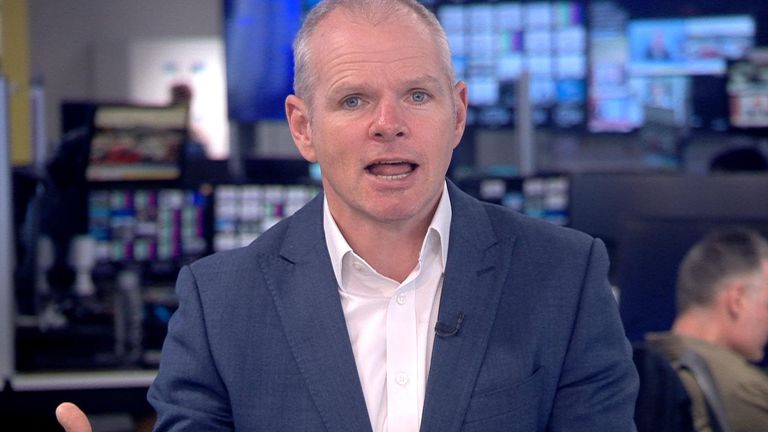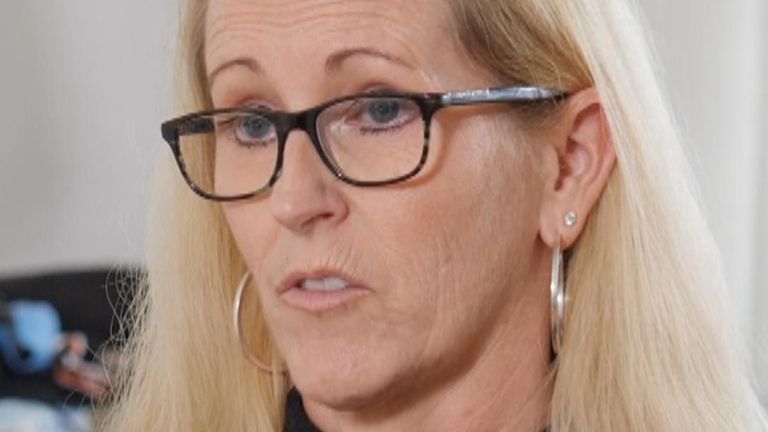What is the energy price cap – and how will it affect my bills?


Household bills are dominating the headlines again after regulator Ofgem announced the latest energy price cap.
Released quarterly, the cap limits what utility companies can charge customers for each unit of gas and electricity they use.
The latest figure, £1,923, is how much the average household would typically use over a period of a year based on the updated unit price.
But the total annual cost per customer will be different depending on how many people you live with, the size of your home and how much energy you use.
Confused? Here’s what you need to know.
What does the energy price cap do – and who does it affect?
Ofgem’s price cap only applies to people in England, Scotland and Wales on standard variable – or default – tariffs.
Currently, this is most households – whether you pay by direct debit or a prepayment meter.
It doesn’t apply to the small numbers of people still on fixed-rate tariffs – set by the energy companies, not the regulator – and people who use oil to heat their homes.
Ofgem used to review it twice a year, but increased it to four times a year in October 2022. This was so changes in wholesale prices could be passed to consumers faster.
The price cap limits two things:
• The maximum amount energy firms can charge for each unit (measured in kilowatt-hours) of gas and electricity
• The maximum daily standing charge – which is the part of your bill that pays to be connected to the grid
This still means the more energy you use, the more you pay.
It’s important to stress that this figure is just an annual estimate for the average household – not the maximum amount you’ll pay for the year.
It comes into effect on 1 October and will last until the end of 2023.
Latest:
Chancellor ‘willing to do what it takes’ on bills support
Please use Chrome browser for a more accessible video player

1:29
British Gas profits explained
Will it save me money this time?
The new figure is down from the £2,053 level set for the three months to the end of September – bringing some further relief to consumers still grappling the effects of the energy-driven cost of living crisis.
The reduction reflected lower levels of wholesale prices and a reduction in energy usage.
However, there are warnings from industry forecasts that peak winter will likely see bills rise back above the £2,000 mark while a think tank has declared that millions of the poorest households will pay more despite the price cap cut.
Even at the newly reduced level, it remains about £800 above 2019 levels at a time when families are grappling high inflation and higher housing costs – mostly a consequence of interest rate rises to dull the pace of price rises in the economy.
Please use Chrome browser for a more accessible video player

0:35
‘I’m cutting everything out just to survive’
I’m struggling to pay my bills. What can I do?
If you can’t pay your energy bills, your first step should be to contact your supplier – the earlier, the better.
They must offer you a payment plan you can afford, according to Ofgem.
Debt management charities such as StepChange or Citizens Advice also offer support.